
The busiest man in the industry?
Manfred Harrer leads development for every Hyundai Motor Group vehicle. Has he got motoring’s longest to-do list?
Manfred Harrer is not an engineer to shy away from a challenge.
In his career to date, the German has overseen the Porsche 911’s switch from hydraulic to electric steering and subsequently the adoption of its four-wheel steering system, and he has led the development of controversial and often unwelcome automated driving features on Porsches.
Earlier in his career, he was tasked by BMW with sorting out the artificial feel on the original R50 BMW Mini’s electric steering and then leading development of the steering on the subsequent R56. Harrer is such a specialist in electric steering that he even completed a PhD on the technology at the University of Bath, all while doing his day job.
A stint at Apple in California on the tech giant’s secretive and ultimately abandoned car project followed his time at Porsche, before an encounter with long-term BMW M development chief and more recently face of Hyundai-Kia development Albert Biermann started a sequence of events that led him to South Korea.
Harrer is speaking to us at the Hyundai Motor Group’s (HMG) vast Namyang R&D global base just south of Seoul in Korea a year since he first joined the company as head of Genesis and performance vehicle development.
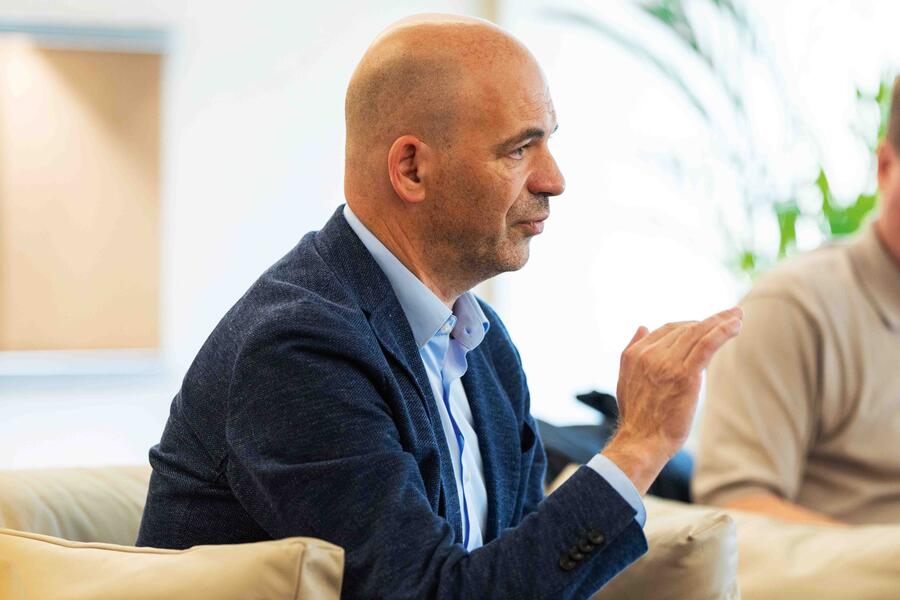
That became simply a “warm-up” for Harrer to learn and understand “how the company works”. Since the beginning of this year he has been promoted in double-quick time to take charge of the development of all Hyundai, Kia and Genesis cars and light commercial vehicles. Long-term Korean colleagues remark that they have never seen an ascent like it.
Given the vast global scale of the world’s third-largest car maker, Harrer not only leads 6000 engineers at Namyang creating the HMG cars that are familiar on our roads but also oversees global facilities developing models for the likes of China, India, North America and emerging markets. More than seven million vehicles a year will carry his influence.
With that in mind, it’s no wonder there’s an inadvertently pressurised tone to how HMG announced Harrer’s role and what is expected of him: “The group anticipates Harrer’s leadership will expedite its electrification transition, securing top-tier leadership in the electric vehicle era and enhancing the marketability of Hyundai Motor and Kia’s products.”
The first challenge for Harrer was a cultural one: so much time spent working for German OEMs, particularly within the Volkswagen Group, creates a certain way of doing things.
He says: “The established processes here are for a successful company. You can’t show up and say: ‘I know how this works.’ You have to listen, learn, observe. The way colleagues address issues and topics is completely different.”
Yet those obstacles pale in comparison with the technical challenge through which he has to navigate the company.
Harrer quotes the commonly used line that the change the industry is going through is “the biggest one in 100 years”, yet he is at the very forefront of delivering this transition. As for what embodies that change, he cites not only the switch from internal combustion engines to electric motors but also the software and software-defined vehicles (SDV) that have “importance at the same level”.
The renaissance of hybrids is another recent curveball that is shaping how resources are deployed, all while ensuring costs don’t spiral out of control.
“A lot of stuff is ongoing,” he says in a matter-of-fact way. Later on in the interview he recounts an anecdote that decisions used to be along the lines of ‘should we or should we not make a convertible version’ of a car. How times change.
Given the number of plates that need spinning, this need for speed in vehicle development has never been greater, especially now that European car makers are having their development times of four years or more shown up by new Chinese entrants who are developing cars in less than half that. But Harrer notes: “You always see China speed, but don’t underestimate Korea speed.”
He says decisions can be made in Korea “within days”, whereas in Europe things might take half a year and endless meetings.
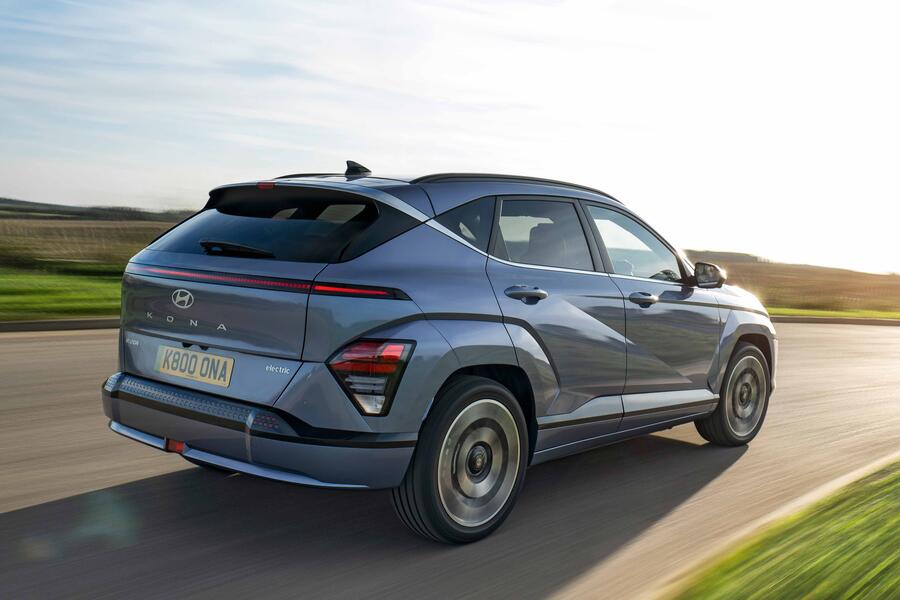
“The speed of our execution in our whole development cycle is unbelievably short compared with a traditional European OEM,” he says, particularly after a design freeze has occurred. “It is very, very aggressive timing compared with what I saw in Europe.”
Yet things could get quicker still, and to that end HMG is investing in more virtual and AI technology to speed up the earlier stages of development.
The potential is there to skip the early physical prototype stages and do all of them virtually, making use of AI to prevent duplication across projects of similar tasks and having digital twins of all development work.
“We’re really driving technology to shorten this cycle even further,” says Harrer. “It’s not only about a shortened development cycle but making it more precise and in a shorter time. The legacy you have is highly fragmented with different old tools, not connected to each other. Now you can have efficiency and speed [with new integrated technology] and you bring that together with AI power. It’s a game-changer.”
One of his biggest projects is a new flagship SDV architecture for HMG models that includes new battery and motor technology and, crucially, a new electrical architecture and software stack, and it is due before the end of the decade.
The appeal of SDVs is for car manufacturers to move from architectures that are made up of multiple different sub-systems and ECUs to those based on more of a central system. That is then deployed across multiple models and can be updated and improved remotely over time.
Cars and car makers have long been good at sharing hardware between models and scaling up and down accordingly, but now the same must happen to the software due to the levels of complexity appearing in cars through not only electrification but also automated driving features. Then you have to get the hardware and software to talk successfully to each other.
“There is no alternative to this,” says Harrer. The ultimate goal for HMG EVs is for two more traditional hardware architectures, one for more premium models that support 800V fast charging, and another 400V architecture for more affordable models, backed up by the central SDV electrical architecture.
“Then we have the plug-in hybrids, the ICE cars as well,” adds Harrer, with no hint of the enormity of his to-do list. Before I get my next question in, he points out there are different platforms for emerging markets too.
“It’s really massive to manage the complexity,” he explains. “If you break it down to ‘model events’ new models, enhancements [facelifts], model-year changes every second day there is a model event. I’ve never seen such a complex but efficient organisation. And then you have to secure the quality, the safety and the reliability behind it.
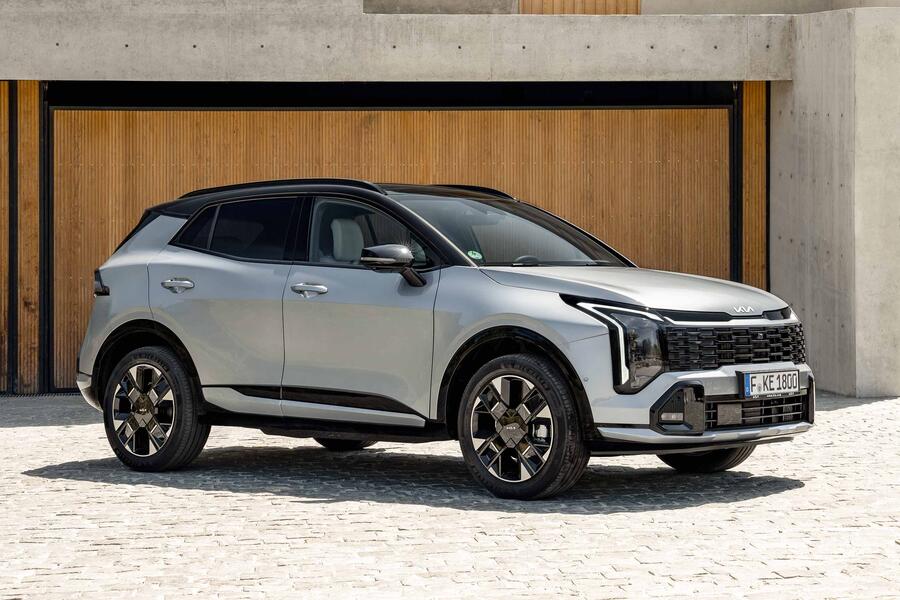
“You only ever really see one angle [when you view the market in your own region]. But there is the US angle, the European and then what’s going on in China, India, Asia-Pacific. There are dedicated models you don’t see in established markets, those in South America.”
How does he prioritise? Harrer says his prime concerns are to set the overarching direction for his engineers, along with that ongoing task to speed everything up. But for more day-to-day tasks, he also heads a separate “kind of task force team, even though I don’t like the phrase” of around 300 engineers that will be deployed to specific projects as needed.
“I’m also jumping in cars and driving a lot,” he adds. Here, Harrer sits forward in his seat, and the Porsche engineer in him takes over, relishing the chance to get into a test car at any opportunity and for his whole engineering team to do the same.
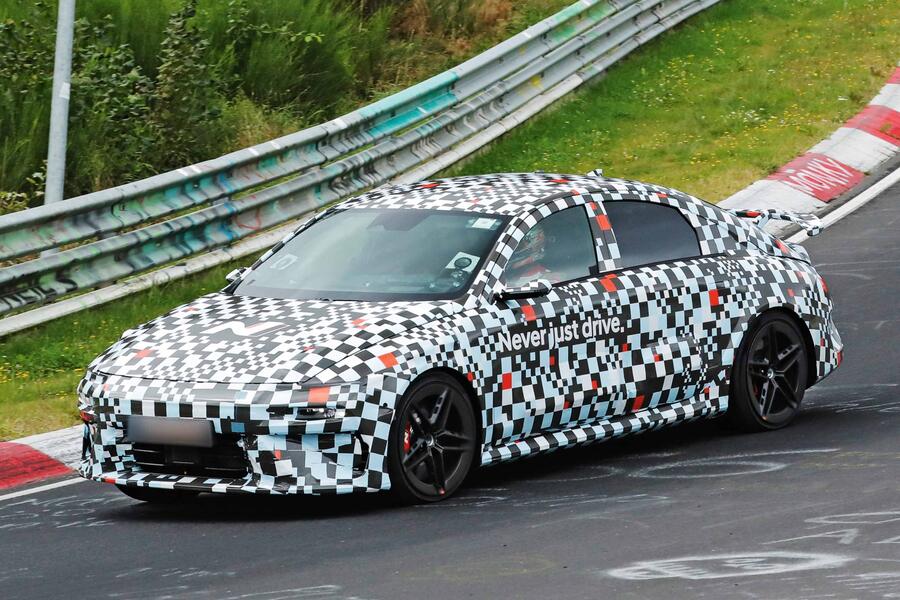
He says: “This is a little bit in my DNA and my legacy as an engineer. I think I really have a good handle on how the car reacts and responds, its NVH [noise, vibration, harshness] behaviour, to work with the team on it but especially with the young engineers. They appreciate this a lot.”
Harrer has walked into a company that is engaged with wanting to make its cars better to drive, and that extends right up to CEO level. He is too new in his position to influence the HMG cars on the road today although he says the Kia EV6 GT gives a hint of what he would like to achieve more of on the Kia side but promises “driving pleasure is what matters most”.
I suggest that while Kia and Hyundai have made great strides in the design and quality of their cars, the driving dynamics have not kept pace and they lack the requisite flair. A bit samey and safe, in other words.
He’s diplomatic enough to not use the same words as me but is happy to discuss his vision to transform the way both brands’ cars drive.
“Kia is the more youthful brand, and you can go more responsive with a sportier character,” he says. “That’s the thing I’m working on with [Kia president and CEO] Ho Sung Song but also [design boss] Karim Habib, to secure the character design-wise and combine that with the dynamic feel and the emotions behind it. Emotions and driving pleasure: that’s what matters most on the Kia side.”
As for Hyundai, Harrer says it is the more established brand and “more of the all-rounder, for sure”, but he adds: “We can do more and bring more fun-to-drive and not compromise too much on the all-round dynamic qualities.”
I suggest that what he is describing sounds like making Kias with the everyday handling flair of a Ford, while giving Hyundai the stability and predictability of a Volkswagen. He insists they are my words and not his, but he doesn’t disagree.
Initial priorities on how to “bring a smile to the customer” in Kias in particular will focus on “how you sit in the car”. After that, “the steering, how the wheel feels in your hands, the thickness of it so you can feel how the grip level is”.
The steering engineer is now coming out. He adds: “Then the responsiveness of the steering, being clear and precise. I know how crazy you UK guys are on precise centre steering feel. Then how it builds up, how the car reacts, how linear it is. This for me is the emotion you can bring to the car and not sacrifice too much as on the comfort level. It still works.
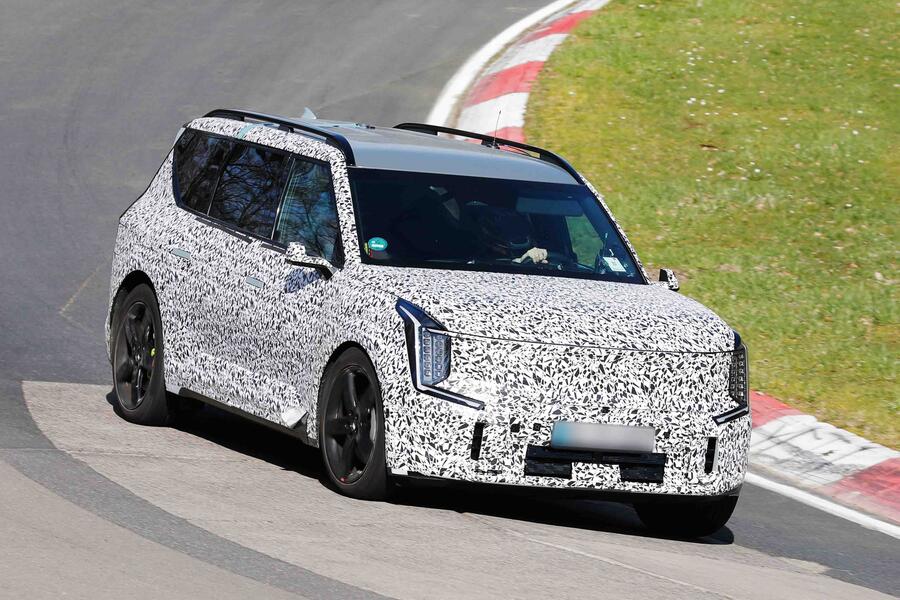
“We have a degree of freedom in the tuning calibration and can pick certain elements with maybe a higher cost [not only the steering but suspension components too], but it’s worth it to sharpen the character and invest in the car.”
We finish off on that thorniest of topics: driver assistance systems. HMG cars have been among the worst offenders for beeps and bongs, and in general terms Harrer says that ADAS such as speed limit recognition and lane keeping assistance functions “should support you and not annoy you or overwhelm you”. But he adds that they do remain a legislative requirement.
Harrer’s solution to make them more palatable is to take a different approach to their development. “We cannot only let the electronic guys work on it,” he says. “You need the vehicle engineering guys in there, for the tuning calibration together. “But it’s not solving all your problems, because you’re right with speed limit warnings and so on, how annoying is this? This is [however] part of the regulations. We then keep coming back to vehicle dynamics expertise and integration and how these features can support the driver and not annoy them.”
Harrer says he is “at the beginning” of ways to solve this, but it’s another task in an already bulging in-tray. During our conversation, he has talked a very good game about some of the issues with modern mainstream cars but that’s only part of the picture: he also has the track record to back up what he says he is going to do about it. Best we leave him to get on with it.
Harrer on…
Going all in on EVs:
Harrer believes any car maker that has chosen to continue to invest in ICE development and hybrids alongside electric cars, which HMG has done, made “a very wise decision”, because the EV market share is not growing enough to go all in on the technology just yet.
It’s also important to remember HMG’s role as a global car maker: it continues to develop and sell existing technologies in regions where EVs are not yet on the radar.
One broad theme of HMG development is that of improving efficiency of powertrains across the board. In Europe that is a simple legislative requirement for anything with an engine, but in broader EV terms it allows for smaller batteries and therefore lower costs.
Solid-state batteries:
An industry split is emerging among R&D chiefs over whether or not solid-state batteries will catch on. The technology has long been considered a holy grail for EVs as a way of reducing the size and costs of batteries, but Harrer doesn’t see solid-state tech coming for at least five more years.
He believes the current technology has “a lot of further potentials”. HMG is working closely with partners, including LG in Korea, to reduce the nickel content in its NMC batteries to bring costs down to those equivalent to the cheaper LFP batteries that are emerging, particularly from China.
Range-extender EVs:
The rise of range-extender EVs in China has had other OEMs, HMG included, scrambling to develop the technology themselves. Harrer says they bring “even more complexity” into the mix, but adds: “We have to consider these in our line-up as well.”
The Nürburgring:
The legendary German circuit is home to an HMG development centre, which Harrer says remains a vital test facility. He says: “If you test there, it [a car] is long-lasting. “We do this with all of our cars, and it gives even more momentum for the performance car line-ups.”
Artificial intelligence:
Harrer calls the rise of Al in car development “mind-blowing” for the way it can speed up development and prevent the duplication of effort. HMG is busy integrating it into its CAD systems. “For example, if you start to design a new component, the Al will make a proposal to you that you already have a similar component in your database,” he says.
“Or if you tweak this radius here and there, you will save money in production. “It becomes smart and gives advice, teaching and giving recommendations. It will change how engineers work on CAD systems, how we model and build simulations. We are at the beginning of a new era in the automotive industry.”
